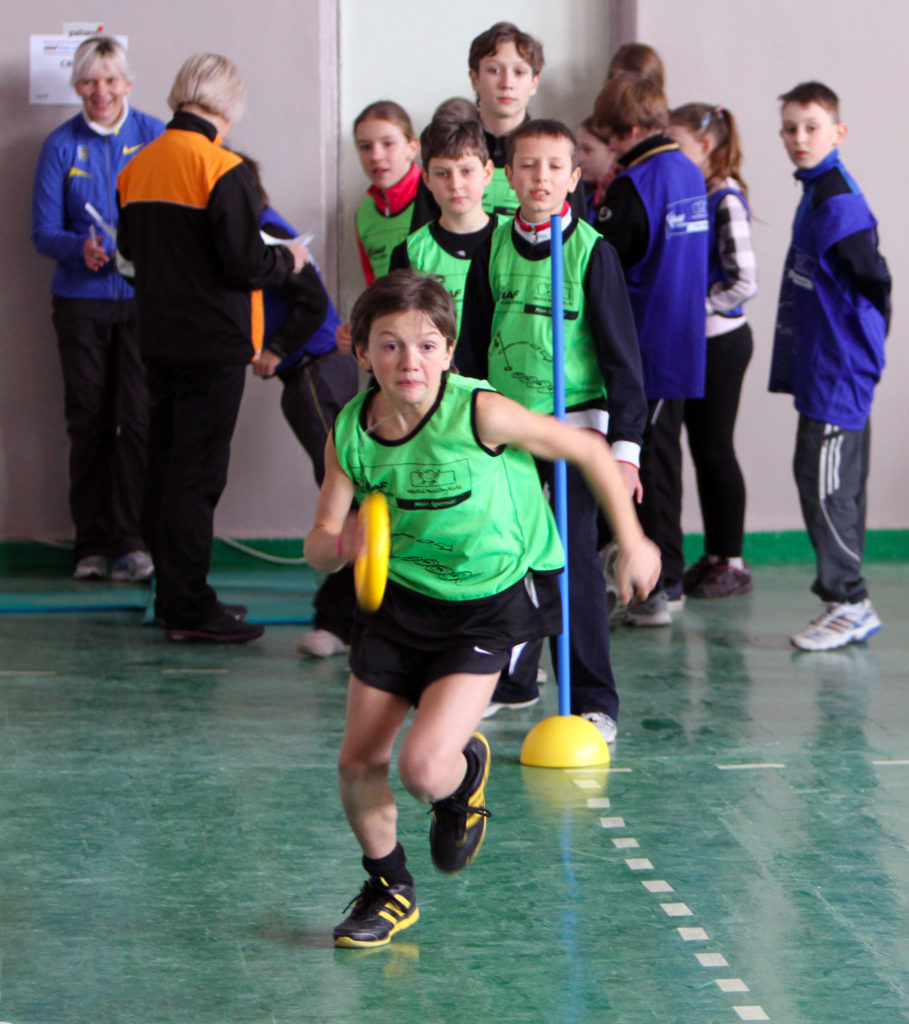
Marketing Training Services to Youths
Did you know that throughout the United States there are currently more than 35 million active athletes aged 5–18 competing in youth sports (Statistic Brain 2014)? That means there is a growing opportunity for personal trainers to offer services in a new way.
To put the value of youth sports into perspective, consider that recent stats show up to $7 billion spent per year on travel expenses alone (Koba 2014). Another $5 billion was spent last year on leagues and equipment (Vigeland 2012). It’s clear that parents are willing to invest in their children’s sport pursuits. The time is ripe for you to plan your approach to this growing, profitable business segment. Read on to see what you need to consider before working with this market.
Formats for Training
The training format you are currently using is most likely the one you will use to train youth athletes. However, consider the advantages and disadvantages of several others.
One-on-One. Training clients one-on-one is the simplest way to launch a youth profit center, as you will not need additional space or equipment. However, while you can charge your current rate, one-on-one training limits you in terms of hours. Most youth athletes can train only after school and up until a certain point at night. Because of these restrictions, you are forced to train youth athletes from 3:00 pm to 8:00 pm along with your general-population clients, which limits how much you can build your youth business. (Note: Students who are homeschooled may be an exception.)
Semiprivate (2–5 clients). This is the method I prefer for beginning a youth training program. You can charge less than you do for one-on-one clients, but you can make more money per hour. This route also allows you to offer free trials and bring-a-friend sessions, without losing an hour of your time. While this method has many advantages, it has one big disadvantage: If you are not well-organized, managing multiple athletes in individualized programs can be difficult, especially when an athlete is attending for the first time.
Small-Group (6–12 clients). The small-group option allows you to train small teams and multiple athletes simultaneously. This format can be the most profitable, because once you meet a breakeven point, each additional athlete increases your profits. This is also a great option if you are doing speed sessions outside on the field at local high schools or colleges. The downside is that you need a greater number of athletes: The barrier to training is lower, but you need a high volume to make it profitable. Additionally, the overhead of renting or owning a facility substantially increases your costs.
If the weather where you live is generally not an issue or if you want to train athletes seasonally, outdoor speed training is a great way to get into working with small groups. The costs of going outside can vary. If you use a local high school, you may need to pay for field access. However, if a local park meets your needs, speed training can certainly be done in an open environment such as this.
Large-Group (15+). This method is generally reserved for working with teams and organizations in clinics and various larger formats. This type of training offers a chance to charge a small amount per athlete, but to make up the money in volume. Training a team of 30 athletes for $10 each yields $300 for roughly an hour of your time. Not bad work if you can get it (and handle it!). Downsides to training large groups are the equipment and space requirements. If you do not own or have affordable access to a large facility, training a full team will be difficult. However, if you can do it, training this size of group offers you a chance to build your business quickly. Not only do you train the team, but you may be able to roll a number of these athletes into your full-time programs.
A Potential Profit Center
Do you have a passion for helping young athletes improve their skills and fitness levels? As the youth sports market continues to grow, more and more personal trainers will be looking for ways to tap into this market. Be ahead of the curve, and you may be able to take your business to the next level.
To view the full article which ran in the January 2015 issue of IDEA Fitness Journal, click here.